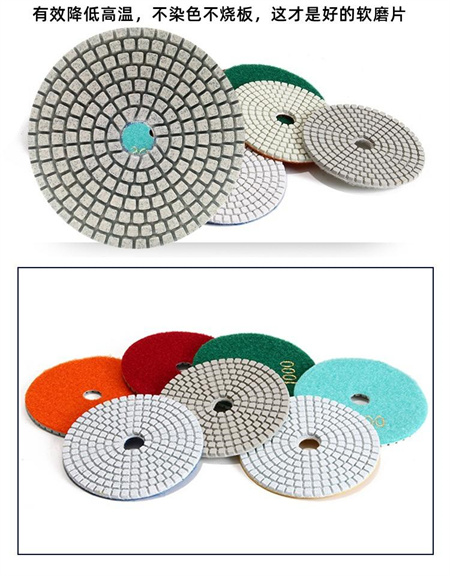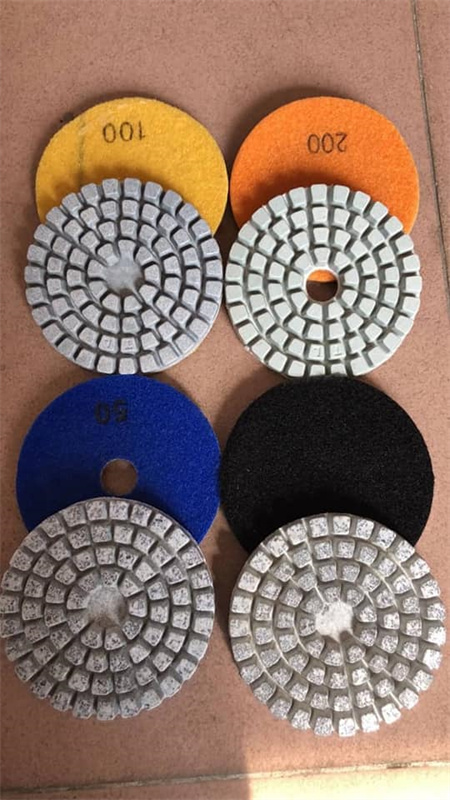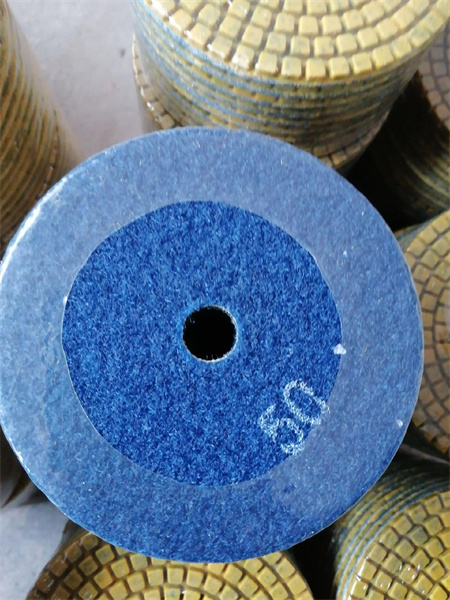Wet Polishing Techniques for Optimal Results on Marble

Wet polishing involves using water as a lubricant during the polishing process, which helps to cool down the surface and reduce dust while enhancing the finish. It’s a technique that requires a certain level of expertise, but when executed correctly, the results are nothing short of breathtaking. The technique is commonly used for marble floors, countertops, and tiles, but it can be applied to virtually any marble surface in need of a refresh.
The key to wet polishing marble lies in selecting the right tools and abrasives. Specialized diamond pads, usually attached to a polishing machine, are employed to slowly work through the surface, eliminating scratches and imperfections. These pads come in various grits, from coarse to ultra-fine, depending on the level of restoration required. Starting with a coarse pad, the process begins by removing any deep scratches or stains, gradually moving toward finer grits to smooth the surface and increase the shine.
Water plays a crucial role in the process, as it serves to both cool the marble and reduce friction, ensuring that the surface doesn’t overheat. Additionally, water helps to carry away the fine dust particles that are created during polishing, which can otherwise mar the surface. Unlike dry polishing, which generates significant amounts of dust, wet polishing is cleaner and more environmentally friendly, making it a preferred option for both professionals and DIY enthusiasts.

Another advantage is the ability to correct imperfections. Over time, marble can develop surface scratches, dull spots, or even minor etches from spills or acidic substances like wine or lemon juice. Wet polishing can effectively remove these flaws, restoring the marble to its original state. However, it’s important to note that deep cracks or chips may require more specialized repairs before polishing can be carried out.
Patience is essential in achieving optimal results with wet polishing. The process is not a quick fix; it requires time and attention to detail. After each pass with a diamond pad, it’s important to clean the surface thoroughly to ensure no residue is left behind. This also helps assess the progress, as it’s easy to overlook imperfections until the surface is clean and dry. The final step typically involves using a polishing powder or compound to further enhance the shine, bringing the marble to a mirror-like finish.
It’s worth mentioning that the skill of the person performing the wet polishing can make all the difference. While the tools are crucial, technique is just as important. Consistent, even pressure during polishing ensures that no uneven areas are left behind. The machine should be moved in slow, deliberate motions to allow the diamond pads to work effectively. Additionally, taking the time to switch to finer pads after each stage will ensure a smooth, glossy finish that brings out the marble’s full potential.
Wet polishing doesn’t just improve the appearance of marble; it also extends its life. By maintaining the stone’s surface and repairing minor damage before it becomes more severe, the process helps protect the marble from further wear. Regular wet polishing can prevent the need for more extensive restorations down the road, saving both time and money.
